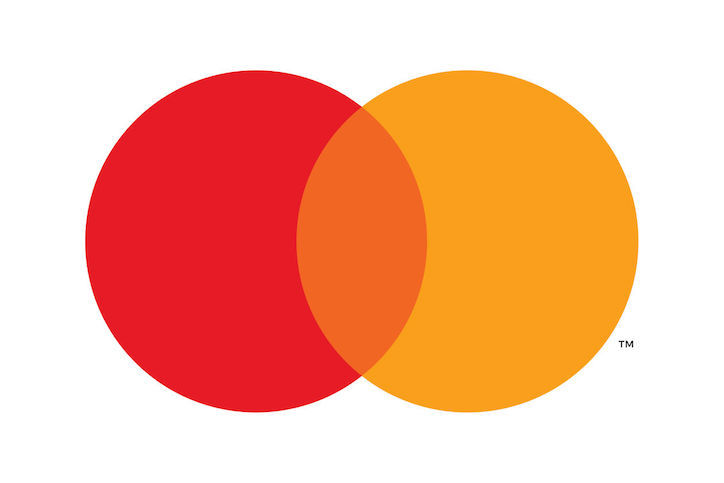Clearly, the removal of wordmarks from logos is much more a basic tenant, or at the very least a technique, used in visual communication; particularly in the era of ‘social icons’. Mastercard’s rationale is around digital simplicity and removing the name does make the logo more easily replicable across different platforms.
Key to this process is that the Mastercard brand has become so strong and instantly recognisable by its colourways and circles alone that the identity is still as clearly expressed without needing the brand name attached.
Ultimately whether creating a logo from scratch or revisiting an established identity, any brand needs to make the decision about its brand and relevance. The fundamental thinking behind this should be about taking a meaningful, relevant concept and then executing it in surprising, remarkable way. It should really be a decision made independently of any current fashions or branding industry trends.
Crucially, not every trend or stylistic approach is relevant or even useful for every client. This, in some ways, is the weakness of agencies that have a ‘house style’ – in one way their work becomes recognisable but it becomes more about the agency than the client.




